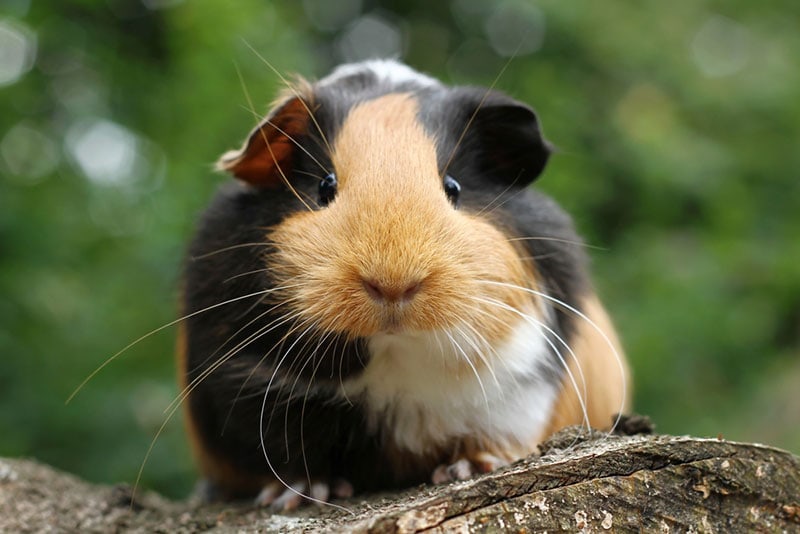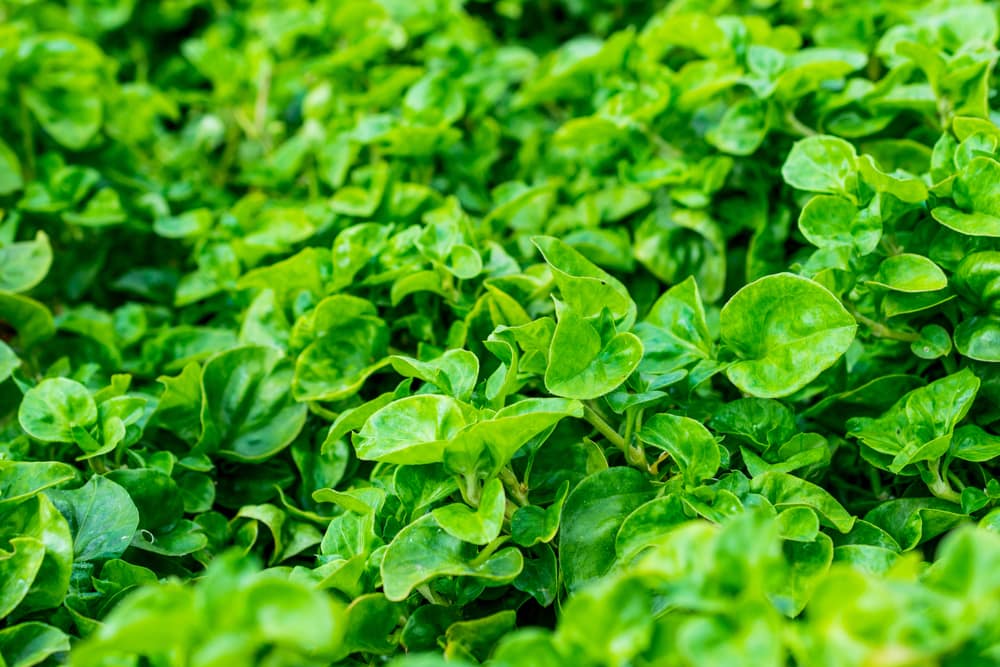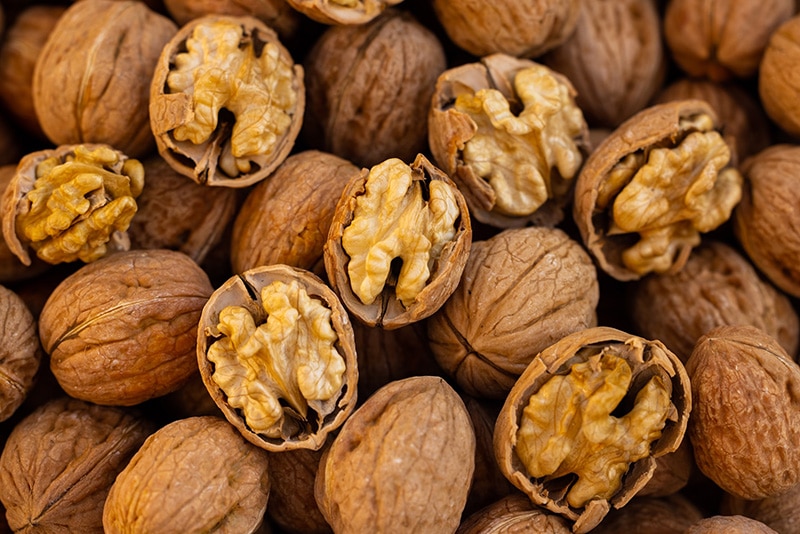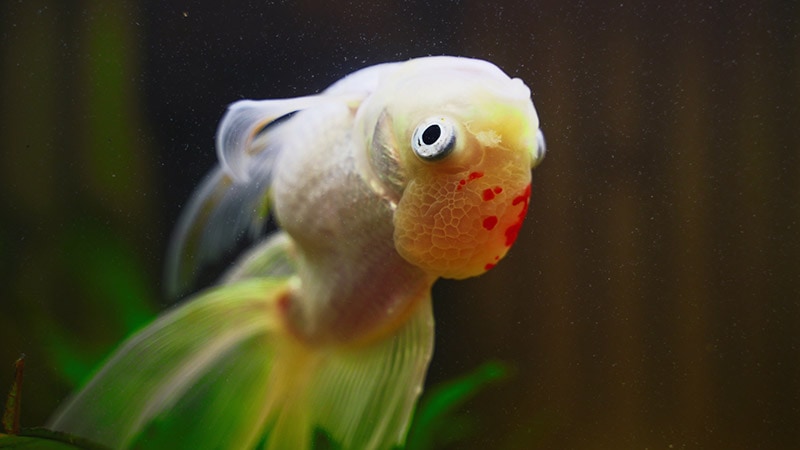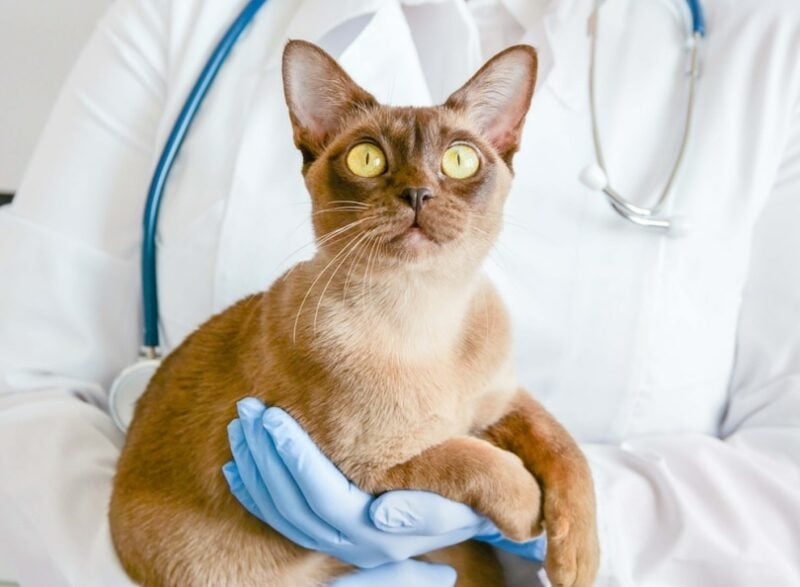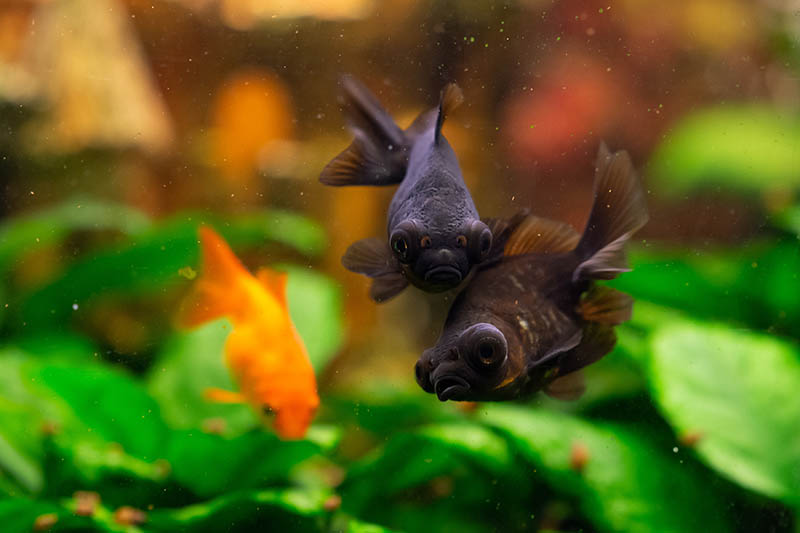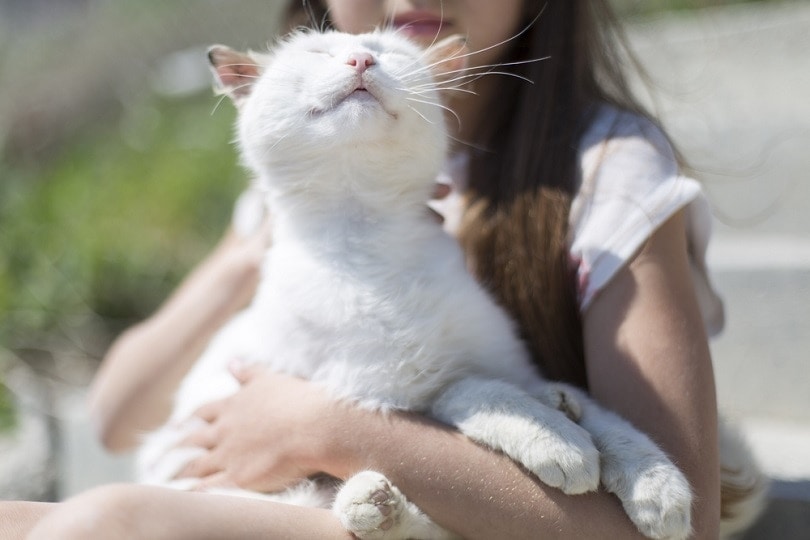Can Hamsters Eat Guinea Pig Food? Vet-Reviewed Nutrition Facts & FAQ

Updated on

Click to Skip Ahead
Hamsters tend to get grouped with other pet rodents, such as rats, mice, gerbils, and guinea pigs. While these animals have a lot of similarities, their diets differ. Though it’s not necessarily toxic, hamsters should not have guinea pig food for long-term health.
Find out more about feeding your hamster guinea pig food, why it’s not recommended, and what you should feed instead.
Why Can’t Hamsters Have Guinea Pig Food?
Despite similarities, each small mammal we keep as a pet comes from a unique geographical location with unique dietary needs. For example, guinea pigs require food formulated with higher levels of vitamin C to avoid scurvy, while rabbits need a high-fiber diet.
Hamsters and gerbils subsist on a diet of seeds, cereals, insect larvae, and larger insects like crickets in the wild. In captivity, they require a balanced and varied diet that comes close to this natural diet to get all the nutrients and minerals they need—nutrients that are not ideally formulated in a guinea pig diet.
If you feed guinea pig food to a hamster over long periods, they will get a lower level of protein than they need and a much higher level of fiber. Your hamster may not get enough vitamin E as well, which can lead to muscular disorders or weakness.
Can Hamsters Have Commercial Diets?
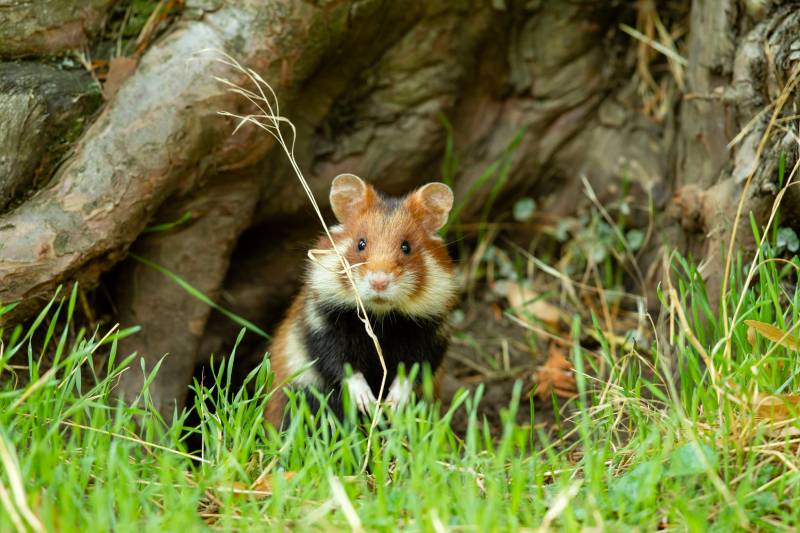
Instead of feeding your hamster commercial guinea pig food, you can find food formulated for hamsters and gerbils. Hamsters can also eat a diet designed for pet mice and rats.
That said, commercial diets are only part of the equation. Hamsters and other rodents are not like dogs and cats—they can’t get balanced, complete diets from one food, in most cases.
- 15–25% protein
- 35–40% carbohydrates
- 4–5% fat
- 5% crude fiber
It’s important to speak with your vet about your pet’s needs, but most hamsters require 1/8 to 1/3 of a cup of commercial pellets each day.
The commercial diet should be supplemented with vegetables and small amounts of fruit, such as:
- Sugarless cereals or grains
- Leafy greens
- Seeds
- Carrots
- Apples
- Peas
- Raisins
- Peppers
- Cucumbers
It’s important to add variety in the form of fruits and vegetables to ensure your hamster gets all the nutrients it needs.
Is Wet or Powdered Food Good for Hamsters?

Some hamster foods are available wet or powdered, giving your hamster some additional water content. These foods are generally not recommended unless your vet advises it, however, as it can cause dental problems. Wet food is also susceptible to mold and bacteria growth, which can lead to infection in your hamster.
Conclusion
Hamsters may seem similar to guinea pigs and other pet rodents, but that doesn’t mean the diets for guinea pigs are appropriate or nutritionally complete. You should always consult with your vet about your hamster’s diet, but a commercially prepared diet designed for hamsters, gerbils, rats, or mice should make up your pet’s primary diet, supplemented with appropriate vegetables and fruits.
See also:
- Can Rabbits Eat Guinea Pig Food? Vet-Reviewed Safety Facts
- Can Hamsters Eat Rabbit Food? Vet-Verified Nutrition Facts & FAQ
Featured Image Credit: Lost_in_the_Midwest, Shutterstock


